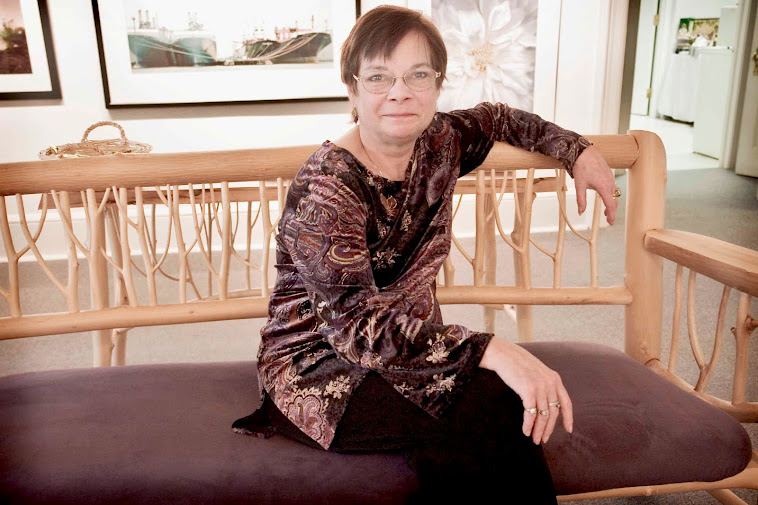I was aware of Gordon Parks photographs from the FSA era,
especially his iconic image of Ella This
image, appropriately titled, “American Gothic,” has been seen time and time again,
but never loses its power.
Watson, a black charwoman holding a broom and a mop against the backdrop of the American flag, taking in 1942 while Parks was working in Washington, DC.
What I did not realize was the range of Gordon Parks work,
both photographically and in other artistic fields, after he relocated to
Harlem in 1944. The Adamson exhibit
highlights some poignant images documenting racial segregation in the southern
states during the 1950s (surprisingly in color, rather than black/white). The indications of discrimination creep
subtlety into the photographs: “segregated drinking fountain,” “for sale, lots
for colored,” “colored enter here,” and on it goes. How quickly we forget.
His fashion photographs produced for Vogue magazine, and
other publications, remain refreshing.
To his credit, Parks was the sole black photographer on the Life
magazine masthead in the 1960s.
To label Gordon Parks as a “Renaissance Man” is no
exaggeration. While he is best
remembered for the photographs he produced depicting a changing American
society, he was also an accomplished musician, writer, poet and film director
(director of “Shaft” in 1971). In the 1970s, he co-founded Essence
magazine. What an amazingly talented man
he was. I only regret I never met this
extraordinarily individual.
Gordon Parks died in 2006 at the age of 93.
Go to the Adamson Gallery website for times more
information: www.adamsongallery.com.
 |
| Mr. and Mrs. Albert Thornton, Mobile, Alabama, 1956 |
 |
| Untitled, Washington, D.C., 1963 |
 |
| Duke Ellington Listening to Playback, Los Angeles, California, 1960 All photographs © The Gordon Parks Foundation. |

